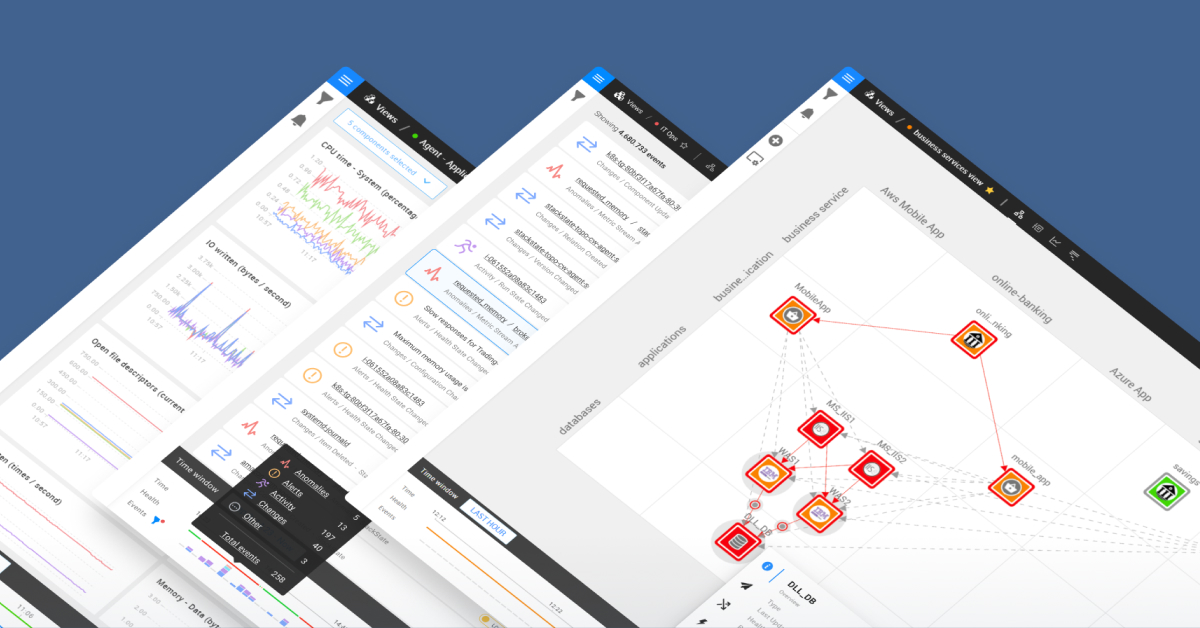We see this often when it comes to IT issues. Teams take a band-aid approach to fixing problems without addressing the underlying causes. This is exactly what Root Cause Analysis (RCA) is all about.
RCA is the process of identifying the root cause, or source, of IT issues. The goal is to fix the problem, rather than applying a "band-aid" fix, to prevent it from recurring in the
future.
Let's take a look at the importance of RCA and how it helps your business.
Why RCA Is Important
IT environments are only becoming more complex and dynamic. With more data and a myriad of monitoring tools, trying to correlate disparate performance data and identify the root cause takes too much time and takes too much money. An RCA solution will help you:
Solve Problems Quickly
RCA looks at where the issue is occurring at the moment and then traces it to where it originates. Using the IT environment's data and signals, it looks at each component to find out where the system is failing. In doing so, RCA helps your IT team mitigate risks and prevent costly downtime. You can quickly get your IT systems up and running again by honing in on event sequences that led to performance degradations.
Get to the Core of the Problem, Not Just Manage the Symptoms
RCA provides you with long-lasting solutions to your IT problems, not just temporary workarounds that will eventually make the situation worse.
However, RCA is hard today because:
Environments are dynamic and always evolving.
Monitoring tools are siloed and consist of multiple tools that need to be searched through. You then need to correlate and interpret the data from those tools. This makes it difficult to get an end-to-end view across domains, environments, and layers.
It's difficult to map changes to incidents. This means your IT team could spend countless hours investigating the true causes of incidents.
Automated root cause analysis reduces the time it takes to identify the root cause of changes or failures, so you can solve the problem for good. Problem clustering helps
group together related issues, so you can focus on what's relevant and ignore the noise. Anomaly detection is a key complement to RCA. It compares current behavior with what is considered reasonable. If a significant deviation exists, it will be flagged as a possible root cause.
Stay in Control of Your IT Infrastructure
It's better to prevent IT incidents from occurring in the first place. RCA combined with anomaly detection enables IT teams to be proactive rather than reactive. By knowing the cause of a problem, your IT team can put preventive measures in place, so you don't experience the same problems in the future.
Get to the Root Cause Fast with StackState
By automating the root cause analysis process, your IT team will have the capability necessary to reduce the time it takes to pinpoint the root cause of all incidents. With other tools, like anomaly detection, you get the foresight required to prevent problems from occurring in the first place.
StackState's root cause analysis and problem-solving capabilities help your business more effectively manage your dynamic IT environment. It does this by unifying the performance data from your various monitoring tools into a single topology.
Are you looking for more information on StackState's full-stack observability solution? Get in touch with us today to learn more.



